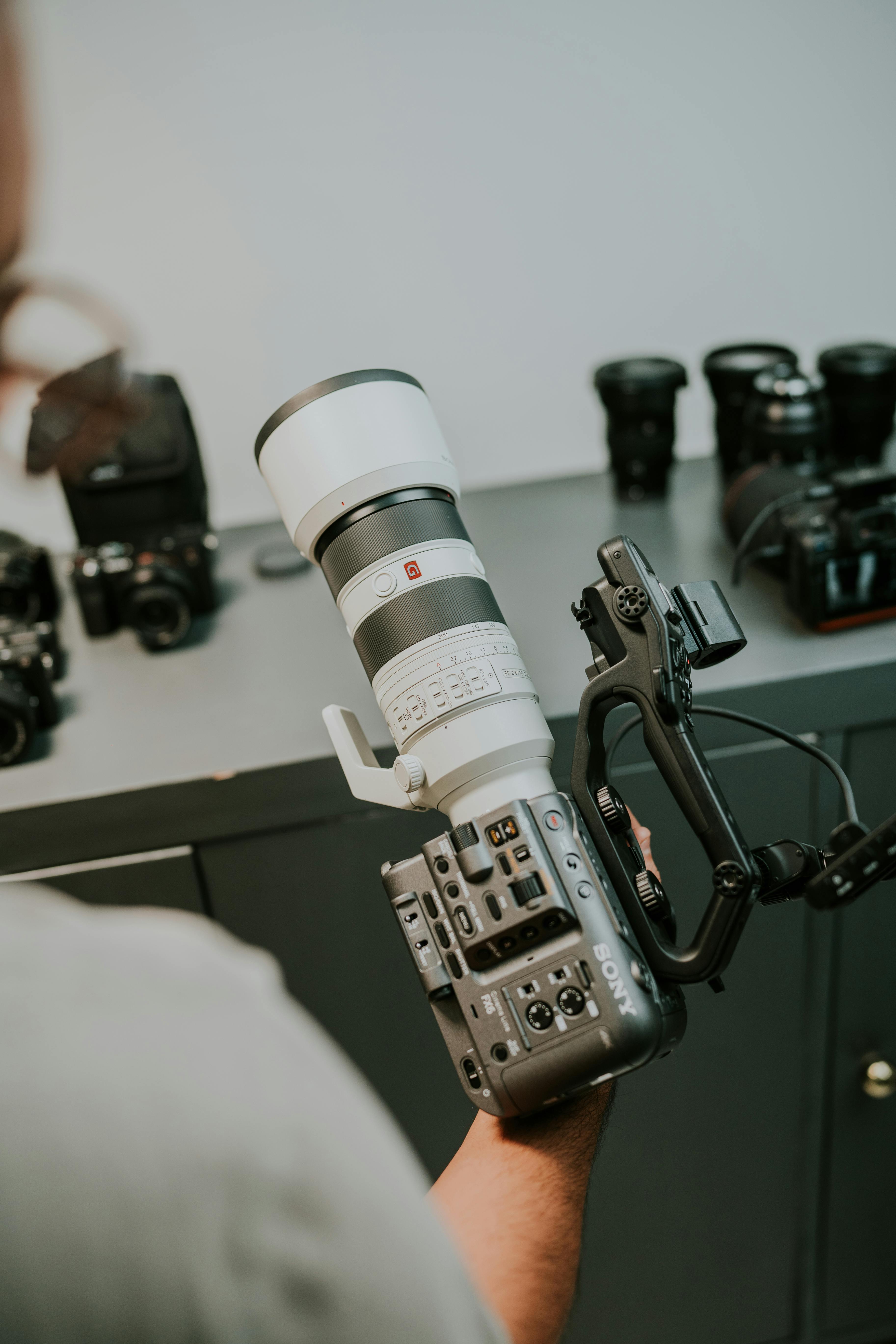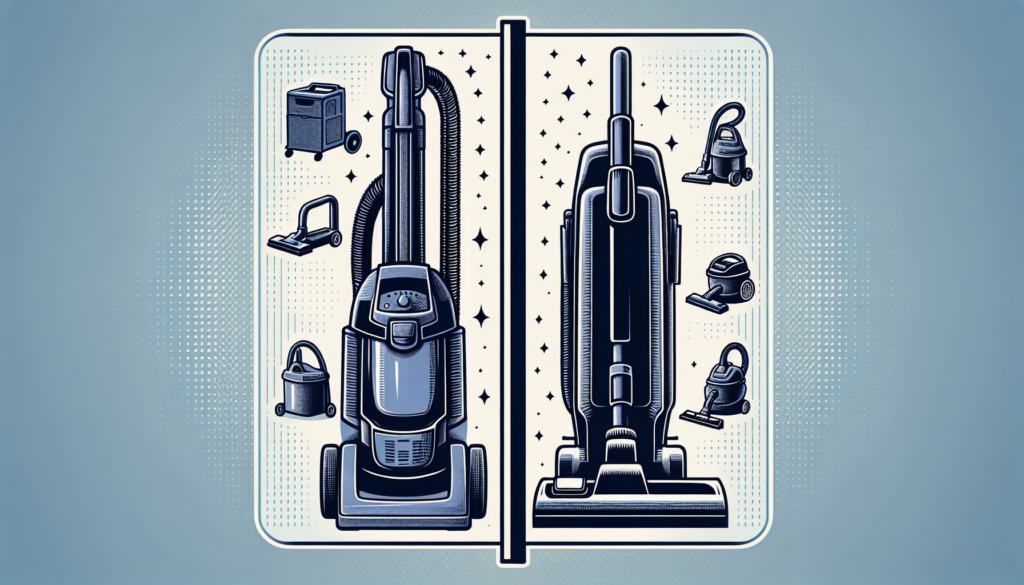Are you considering buying a new telescope? If so, there are a few important factors to keep in mind. In this article, we will explore what you should consider when purchasing a telescope. Whether you are a novice or experienced stargazer, our expert buying guides on BuySellCloud.com will provide you with the necessary insights and tips to make a confident purchase decision. Don’t miss out on the opportunity to find the perfect telescope for you.

Budget
Determining your budget
When it comes to buying a new telescope, one of the first things you need to consider is your budget. Telescopes come in a wide range of prices, from affordable options for beginners to high-end models for seasoned astronomers. It’s important to determine how much you are willing to spend before you start your search. This will help you narrow down your options and avoid going overboard with your spending.
Considering additional costs
While determining your budget, it’s crucial to keep in mind the additional costs that may come with owning a telescope. Many telescopes require accessories such as eyepieces, filters, and carrying cases, which may not be included in the initial purchase. These accessories can add to the overall cost of owning a telescope, so it’s essential to factor them into your budget. Additionally, you may also need to consider the cost of maintenance and repairs over time.
Purpose
Identifying your purpose
Before you buy a telescope, it’s important to consider what you want to use it for. Are you interested in observing planets, galaxies, or both? Are you mainly interested in astrophotography? Identifying your purpose will help you determine the type of telescope that will best meet your needs. For example, if you are primarily interested in planetary observation, a telescope with a large aperture and a short focal length would be ideal. On the other hand, if you are interested in astrophotography, you may need a telescope with a longer focal length and a sturdy mount.
Types of telescopes for different purposes
There are several types of telescopes available, each designed for different purposes. Refractor telescopes use lenses to gather and focus light, making them great for viewing planets and the moon. Reflectors, on the other hand, use mirrors to gather and focus light, making them ideal for viewing deep-sky objects like galaxies and nebulae. Catadioptric telescopes combine both lenses and mirrors, offering a versatile option for all types of observations. Understanding the different telescope types and their strengths will help you choose the one that aligns with your purpose.

Aperture
Importance of aperture
Aperture refers to the diameter of the telescope’s primary lens or mirror. It is one of the most crucial factors to consider when buying a telescope. A larger aperture allows more light to enter the telescope, resulting in brighter and more detailed images. The size of the aperture also determines the telescope’s ability to gather faint light, making it essential for observing celestial objects that are far away or have low brightness.
Choosing the right aperture size
The right aperture size for you depends on your purpose and observing conditions. If you live in a light-polluted area or have a limited budget, a smaller aperture telescope may be more suitable. However, if you have dark skies and want to observe faint objects, a larger aperture telescope is recommended. As a general rule, a telescope with an aperture of at least 70mm is a good starting point for beginners, while more experienced observers may prefer apertures of 100mm or larger.
Focal Length
Understanding focal length
Focal length is the distance between the telescope’s primary lens or mirror and the point where the light converges to form an image. It determines the magnification and field of view of the telescope. A longer focal length results in higher magnification but a narrower field of view, while a shorter focal length offers a wider field of view but lower magnification.
Determining the suitable focal length
The choice of focal length depends on your observing preferences and the objects you want to view. If you are interested in observing distant objects with high magnification, a telescope with a longer focal length is ideal. On the other hand, if you prefer a wider field of view for observing large celestial objects or landscapes, a shorter focal length telescope is more suitable. Consider your interests and requirements when determining the right focal length for your telescope.

Mounting
Different types of mounts
Telescopes come with different types of mounts, which are crucial for stabilizing and pointing the telescope. There are two main types of mounts: altazimuth and equatorial. Altazimuth mounts allow the telescope to move in vertical (altitude) and horizontal (azimuth) directions, making them easy to use for beginners. Equatorial mounts, on the other hand, are designed to align with the Earth’s rotational axis, allowing for easier tracking of celestial objects as they move across the sky.
Considerations for choosing a mount
When choosing a mount, consider factors such as stability, ease of use, and tracking capabilities. If you plan to take long-exposure astrophotography images, an equatorial mount with smooth and accurate tracking is essential. However, if you are primarily interested in visual observations, an altazimuth mount may be more suitable. It’s also important to choose a mount that is sturdy enough to support the weight of your telescope.
Optics
Types of telescope optics
Telescope optics can vary depending on the type of telescope. Refractor telescopes use lenses to gather and focus light, providing sharp and high-contrast images. Reflectors use mirrors to gather and focus light, offering brighter and more affordable options for larger apertures. Catadioptric telescopes use a combination of lenses and mirrors, providing a versatile and compact solution for both visual observation and astrophotography.
Evaluating optical quality
When buying a telescope, it’s important to consider the optical quality. Look for telescopes with high-quality optics that provide clear and detailed images. Pay attention to factors such as chromatic aberration (color fringing), coma (distortion at the edges of the field of view), and image contrast. Reading reviews from other users and consulting expert guides can help you determine the optical quality of different telescope models.
Size and Portability
Considerations for size and portability
The size and portability of a telescope are crucial factors, especially if you plan to transport or store it frequently. Telescopes come in various sizes, from compact tabletop models to large and bulky ones. Consider the available space you have for storage and transportation, as well as your ability to handle and set up a telescope of a specific size.
Transportation and storage
If you plan to take your telescope to different locations for stargazing, consider a portable and lightweight option. Compact tabletop telescopes are a great choice for travel as they are easy to transport and set up. However, if you have a dedicated observing site, a larger telescope with a stable and permanent mount may be more suitable. It’s important to find a balance between size, portability, and the type of observations you want to make.
Accessories
Essential accessories
While the telescope is the primary component, several accessories can enhance your observing experience. Eyepieces are essential in determining the magnification and field of view of the telescope. A range of eyepieces with different focal lengths is recommended to achieve different levels of magnification. Filters are also useful for enhancing certain details or reducing unwanted light, such as a moon or light pollution filter. Additionally, a sturdy tripod or mount, along with a finderscope or a red dot sight, can make it easier to locate and track celestial objects.
Additional accessories for specific needs
Depending on your specific interests, there are additional accessories that can be beneficial. For astrophotography, a camera adapter, T-ring, and autoguider can enhance your imaging capabilities. A dew shield or heater strip can prevent dew buildup on the optics during humid nights. If you plan to observe in cold weather, battery warmers or power banks can help extend the lifespan of your equipment. Consider your specific needs and consult with experts or user reviews to determine which additional accessories may be worth investing in.
Brand and Reputation
Researching brands
When buying a new telescope, it’s worth researching different brands and their reputation in the astronomy community. Established brands with a long history of producing quality telescopes are generally a safer bet. Look for companies known for their expertise in optics and their commitment to delivering reliable and durable telescopes. Popular brands include Celestron, Meade Instruments, Orion, and Sky-Watcher, among others.
Considering user reviews
In addition to researching brands, reading user reviews can provide valuable insights into the performance and reliability of specific telescope models. Real experiences and opinions from fellow astronomers can help you make a more informed decision. Pay attention to both positive and negative reviews, and consider the overall consensus regarding a particular telescope. Keep in mind that personal preferences and expectations may differ, so consider multiple reviews to get a well-rounded understanding.
Warranty and Support
Checking warranty information
Before making a purchase, it’s essential to check the warranty information provided by the manufacturer. A warranty ensures that you are protected against any manufacturing defects or damage that may occur during shipping. A longer warranty period is generally a good indication of the manufacturer’s confidence in their product. Additionally, consider whether the warranty covers both the telescope and its accessories.
Customer support services
Another factor to consider is the availability and quality of customer support services provided by the manufacturer or retailer. In the event that you encounter any issues with your telescope, having accessible and responsive customer support can make the troubleshooting process much smoother. Read about the customer support experiences shared by other users to gauge the level of support provided by the manufacturer or retailer.
In conclusion, buying a new telescope requires careful consideration of various factors. Determining your budget, understanding your purpose, and considering the importance of aperture, focal length, mounting, optics, size and portability, accessories, brand and reputation, as well as warranty and support are all crucial steps in the process. By taking the time to research and evaluate these factors, you can find the perfect telescope that meets your needs and allows you to embark on a fascinating journey into the night sky. Happy stargazing!




